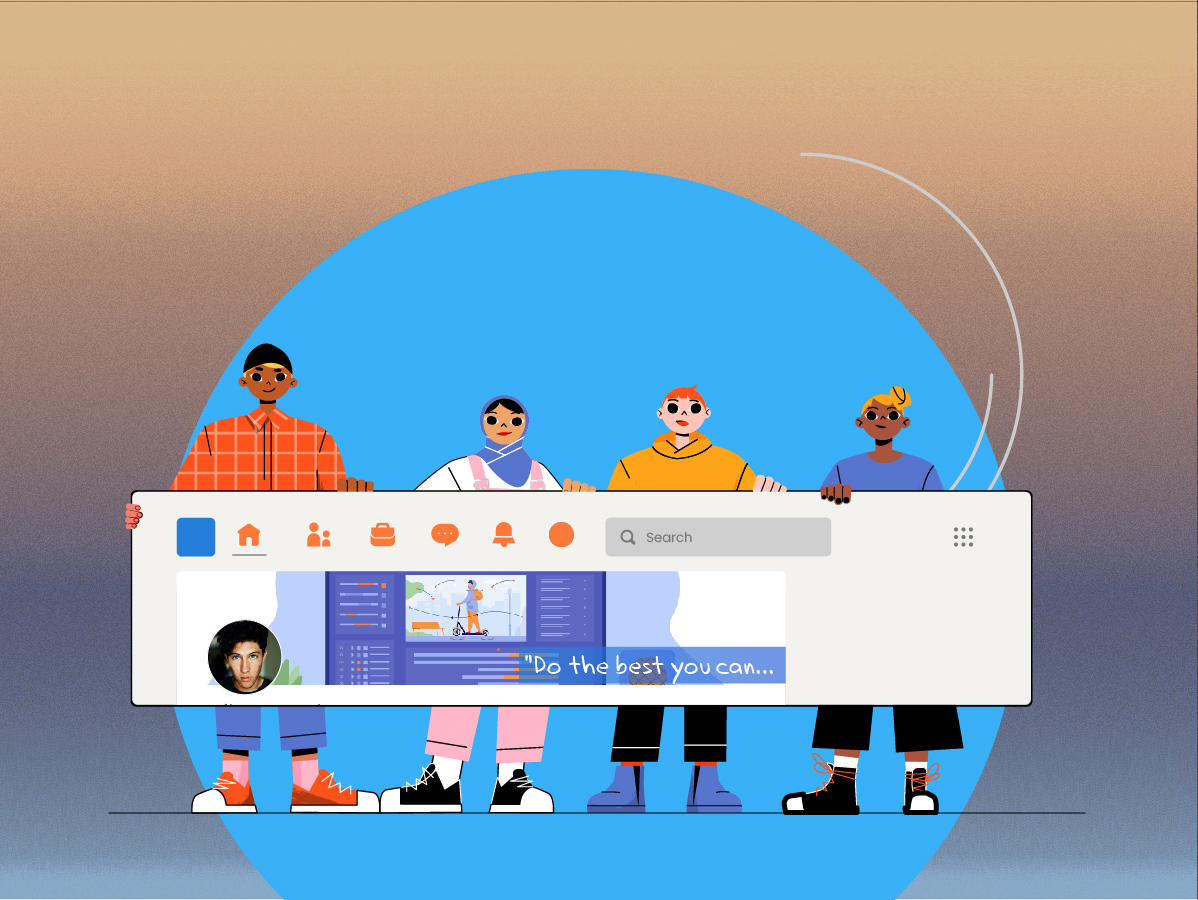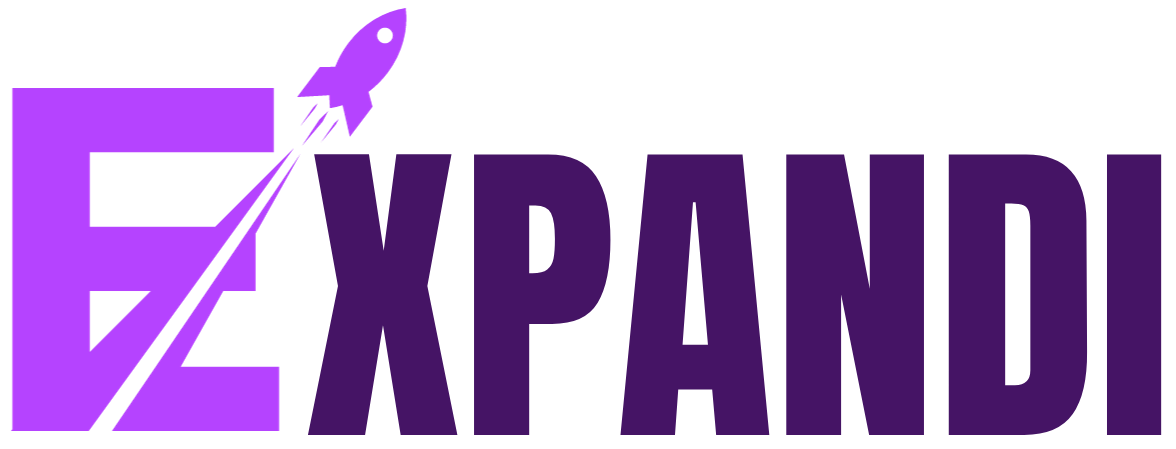Do you belong to group of B2B marketers, or do you want to generate more leads for your B2B market? Even if you are able to drive a lot of traffic to your website, your resources are almost nonexistent. If you make an effort to drive more traffic to their website in the hopes of driving up the number of leads. It is a classic instance of high customer acquisition costs and sub-standard outcomes. It should be obvious to you that this issue is not related to website traffic. The process of lead capturing is the real issue, you are not doing enough for your B2B lead generation.
In this article, expandi will provide some insight into the tactical adjustments that contemporary B2B marketers can make to boost their bottom line without spending any money.

Don’t worry, together we’ll determine what is working against you in this show and how to improve your lead quality above subpar, which will automatically increase your website visitors.
Let’s look👀 more closely at how improving your B2B lead generation can help you reduce your cost per lead.
Marketing Techniques for B2B lead Generation:
Here are some tips and tricks you can use to generate B2B leads for 🆓.
1. Targeting and Positioning
Your target market is not “everyone,” regardless of what you sell. Finding broad target markets to pursue is the first step in enhancing your capacity to draw in qualified leads and potential buyers. Create buyer profiles to focus your efforts and increase the effectiveness of your marketing strategy.
Locate the ideal customer group that is most likely to need, be able to afford, and purchase what you are offering. Talk about your value proposition and the needs of your customers. B2B content may be slightly longer. Include a pertinent image that relates to the message.
2. Concise and Quality content
Creating a hub of content on your website that is written with your target audience in mind should be your first step if your website lacks enough high-quality content to function as a lead generator. To engage your visitors, you can also use a variety of content types like pictures, videos, tests, and surveys.
Expand your efforts by incorporating a blog in which you write about topics related to your industry or areas of interest that would interest your target clients and broader target audiences.
3. Call-to-Action (CTAs)
Calls to action are precise but effective phrases. Because they are so straightforward, they are frequently undervalued. Every piece of content you post should include instructions about what the reader should do next, whether you are asking followers to click, like, or share a link back to your content on social media and so on.
CTAs are what persuade and direct your site visitors to perform the desired action, typically on a landing page. Make sure the right keywords are used when creating your CTAs.
4. Optimize everything
By appropriately optimizing your content with keywords and key phrases, image alt-tags, meta titles and descriptions, the best use of H1, H2, and H3 headline tags, and text called out in bold, italics, or used as links’ anchors, you can help your content get found.
The four main pillars of your article are SEO, readability, tone of voice, consistency, and originality. A compelling title tag and description should be used. Remember to optimize your images as well.
5. Ask for referrals
When a customer is happy, there is always a chance to ask for a recommendation, but few companies consistently take advantage of this opportunity.
Likewise, it’s very likely that individuals in your customer base are acquainted with one another. Request that audience members forward emails/Dm to a friend, share content on social media, or take advantage of referral bonuses.
For your referral message, craft the ideal message to send. However, don’t annoy or plead with anyone for a referral, and try to stay away from ambiguous messages.
6. Follow up
You’ll need a strategy for responding after a potential customer signals their interest in purchasing. Avoid winging it! Create follow-up actions using if/then scenarios.
Because follow-up always includes a call to action, lead conversions in this area will depend heavily on how well one understands target audiences and the buying cycle. You are much more likely to deliver the call to action that will elicit a response from your audience if you are aware of where they are in the purchasing cycle.
How To Find Your Target Audience 🎯?
It’s been wisely said that you can only speak to one person at a time, even when you’re planning for the entire audience. That encapsulates the need to identify the proper target market. Let’s start by stating that, regardless of how great your service or good may be, you cannot be everything to everyone.
There aren’t enough of you to go around, that’s the problem.
Rather, concentrate on providing value that enhances the lives of a small but dedicated group of people by paying attention to their needs and wants.
Continue with this outlook. Although there isn’t a single, foolproof method to find them, some approaches undoubtedly outperform others.
Let’s look at:

1. Research your audience.
When determining your target audience, Google Analytics is a very useful tool that can be helpful in a variety of ways.
They offer a synopsis of all the traffic that is obtained on your website in the form of clear, clear, and precise graphs and analytical data. It fully covers your needs, from gathering demographic information to comprehending the interests of audiences who have already visited your website!
Usually, when you want to learn something, you “Google” it. All of this information can be used to identify patterns and create a picture of your target market.
You can also be confident that your potential clients are acting similarly. You can use Google Analytics as a resource to learn important information that could help you create the ideal target audience.
2. Analyse your competition!
Consider your competitors’ target market and who they see as their customers.
You’ll be able to learn for nothing if you comprehend their marketing strategies. Examine their advertising strategies, the platforms where they are most active, and the places where their audience is most engaged.
Particularly if you’re just getting started and don’t yet have a sizable following, conducting reconnaissance on the target audience of your competitors can be profitable.
While examining your competition won’t provide you with the answers you seek directly, it will give you some insight into the marketing strategies they employ and the ones they don’t.
3. Use automation tools.
Reaching a large audience on LinkedIn can be done quickly and effectively by using automation tools like expandi.
expandi is an automated LinkedIn prospecting tool that assists salespeople and recruiters in finding high-quality leads and executing clever sequences, including sending friend/follow request messages, comments on prospects’ posts, and messages.
Here’s how to use it:
1. Download the expandi Chrome extension for free. Now log in to the dashboard by clicking the expandi icon in your extensions bar.
2. In the left-hand column, select the “Leads” section.
3. On the right-hand side, click on “Add lead list”.

4. You will get the option to scrape leads from channels like leads, posts, group members, company profiles, event, and Sales Navigator.
5. Now visit linkedin.com, search for any lead name and paste the URL in the box provided.
6. Click on “submit” and ta-da your lead list is generated.
Ace your prospecting game with 30-day free trial of expandi!
4. Build your community.
With all of this information, you essentially know everything there is to know about your target market.
You now need to make the most of this data, create a community, and establish a connection with the audience that requires your good or service.
Social media can be used to connect all of these like-minded individuals. Engage them in conversation to establish a strong brand connection.
Anywhere, including Facebook Groups, LinkedIn Groups, and Twitter Chats, is a good place to start building your community. You can discover touchpoints for interacting and forming bonds with your audience beyond the social media outreach and uplink leads once you’ve determined your community’s emphasis and your key topics.
Wrap Up!
The user of today is neither ignorant nor passive. He is socially adept and only seeks out things that satisfy his needs.
Finding your target market is now more crucial than ever because of this. You can create your marketing strategy and brand messages more effectively by determining your audience. The effectiveness of landing pages has a significant impact on B2B lead generation. You can optimize your landing pages and concentrate on CTAs that grab attention and persuade your visitors to convert into leads by using these straightforward techniques.
You’ll find your company in trouble if you don’t understand your audience. Therefore, avoid selecting audiences at random. Make sure to create a plan instead. Follow the directions above and do as much research as you can for your company’s B2B lead generation.
We’ve finished our work here; it’s time for you to begin!
Pick your next read→
How to avoid LinkedIn Connection Limit?
Easy way to Export Leads to Excel!









